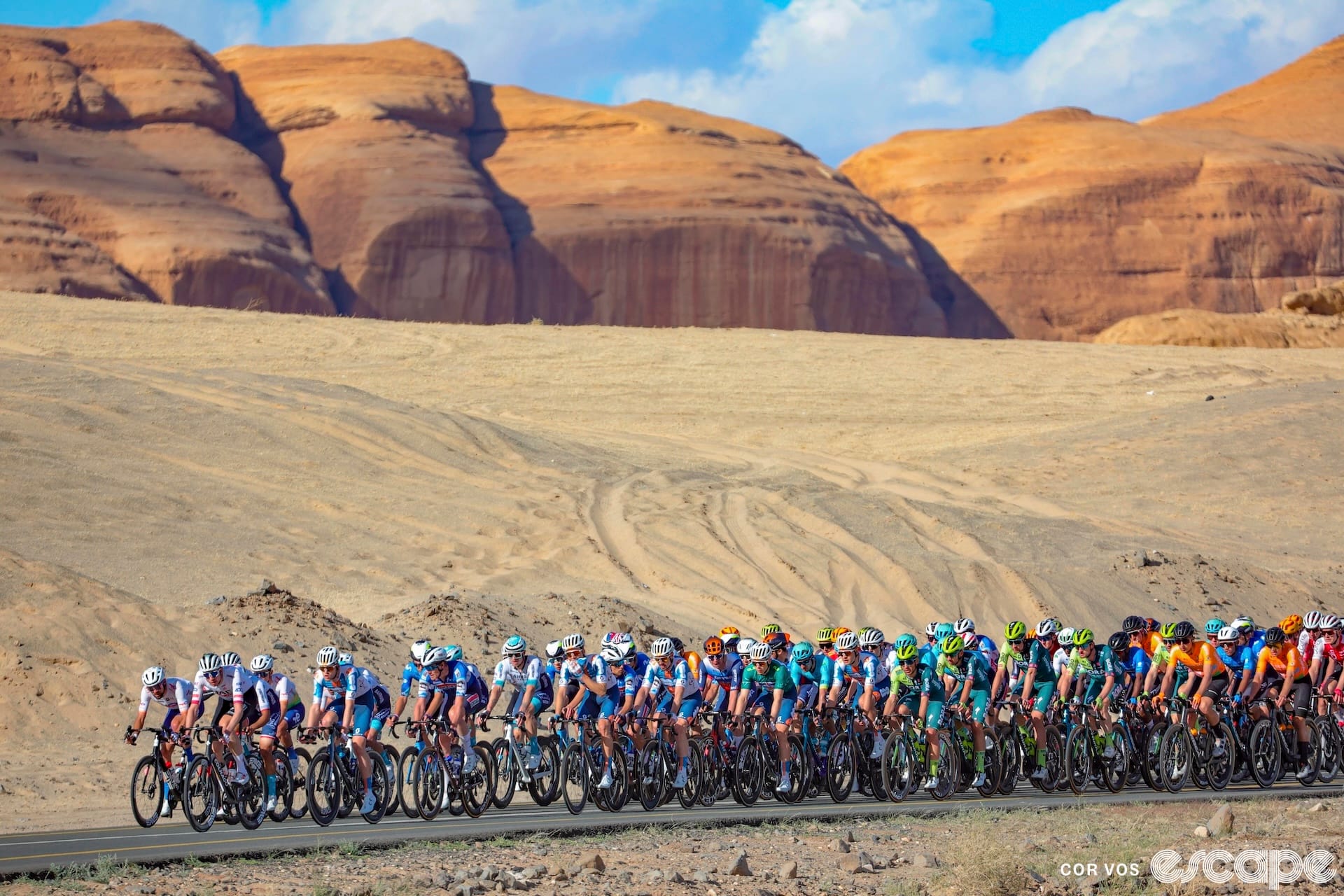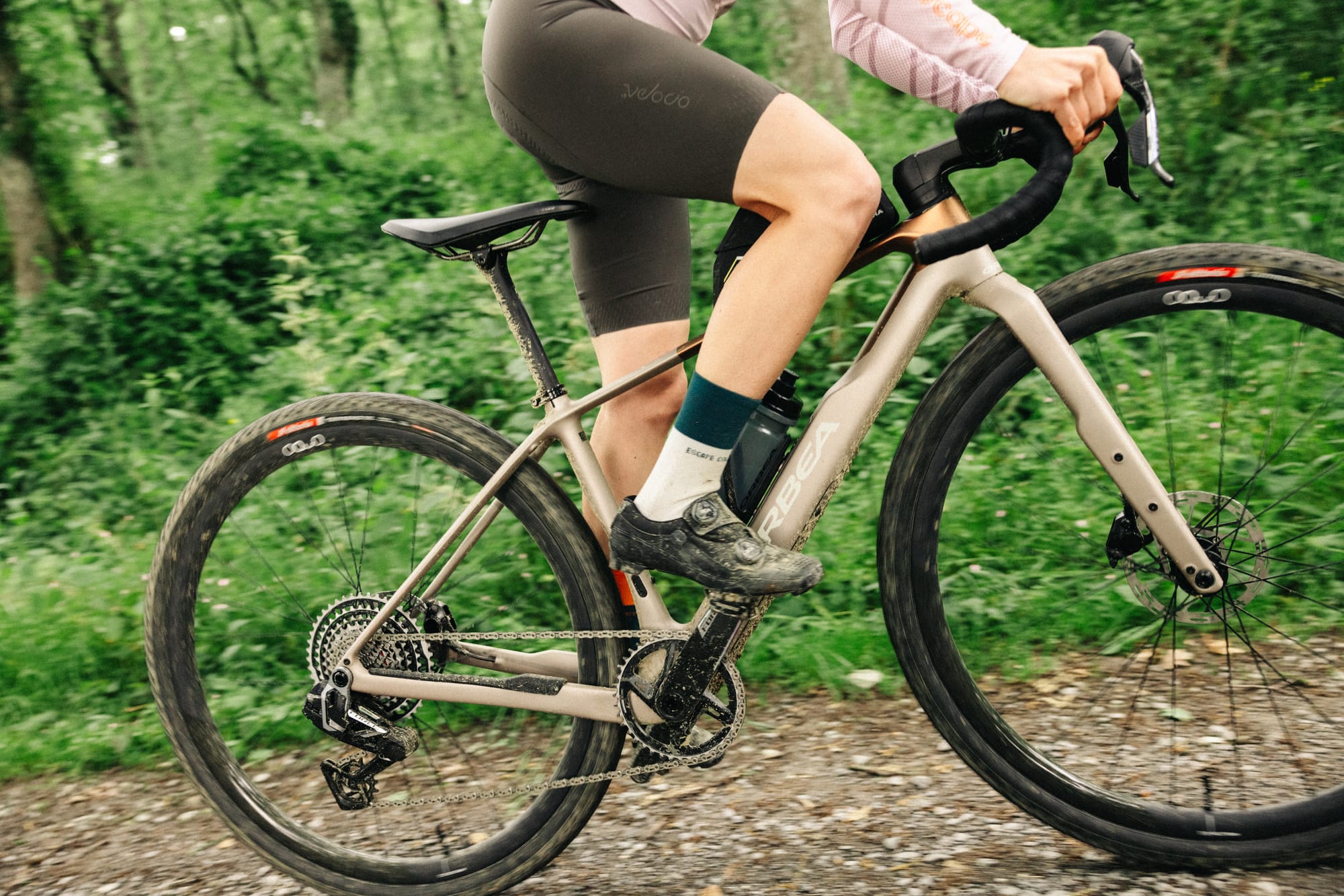Today we ride to a winter sports resort. It’s called Le Lioran and it's the biggest in the region with 60 kilometers of piste. We often see winter sports towns in the Tour de France. Local governments are always eager to welcome a big bike race like the Tour because they are in search of extra tourism income, preferably not related to winter sports. Also, there is usually good infrastructure in these resorts that you don’t find at other mountaintop finishes.
Le Lioran is in the Massif Central, one of the five mountain ranges in mainland France. It’s a relatively low area and that causes more and more issues to actually get snow during the winter sports season. The earth is warming up; there is no denying this. Ski resorts that were always secure in offering snowy winters are quite often not anymore. The Massif Central is one such area because its highest peak is only 1,850 meters above sea level. Instead of snow, the view outside of your chalet window is quite often rain or sleet.
France has seen some ski resorts close due to a lack of snow or a sustainable business model. However, the majority of resorts continue to cling on to the hope of adapting to rising temperatures. Winter sports is big business with 120,000 jobs in or around the skiing industry in France alone.
One of the most popular solutions to the lack of enough snow is snowmaking; the creation of artificial snow. Snow production involves projecting micro-droplets of water into the atmosphere so that they freeze before falling back to the ground. The resulting snow, made up of small balls of ice, is a suitable material for making an underlay. Problem: for this to work, temperatures need to be very close to 0 ºC and that is not always a given. In December 2023 it was 8 ºC warmer than normal in France.
Snow production is not carbon-neutral and sometimes involves chemicals for a better result, so that’s important to remember before thinking this technique is the ultimate answer to dwindling snow cover. Also, you obviously need water, which is becoming a scarce commodity in France, although this winter was quite wet. However, disrupting a natural water balance in any region is never a good idea.
International Olympic Committee chairman Thomas Bach is also worried. The Winter Games in Beijing were already relying heavily on artificial snow. In December of 2022 he said: “By 2050, 50-60% of Europe's original winter sports areas, which are snow-assured and suitable for Winter Games, will no longer exist." The decision about where to organize the 2030 Winter Games has been postponed to this year because frankly, there weren’t many candidates. It looks like the French Alps are the current frontrunner but the decision has not been made just yet. Maybe they could go to the Stelvio in May?
The lack of snow now and in the future is why ski resorts are now already investing in tourism that doesn’t involve snow. Cycling in all its forms, from MTB to gravel and road racing, is one of these focus points now. So, enjoy the scenery of today’s stage. It will be lush and green and maybe will inspire you to ride here on your next cycling holiday.
Did we do a good job with this story?



